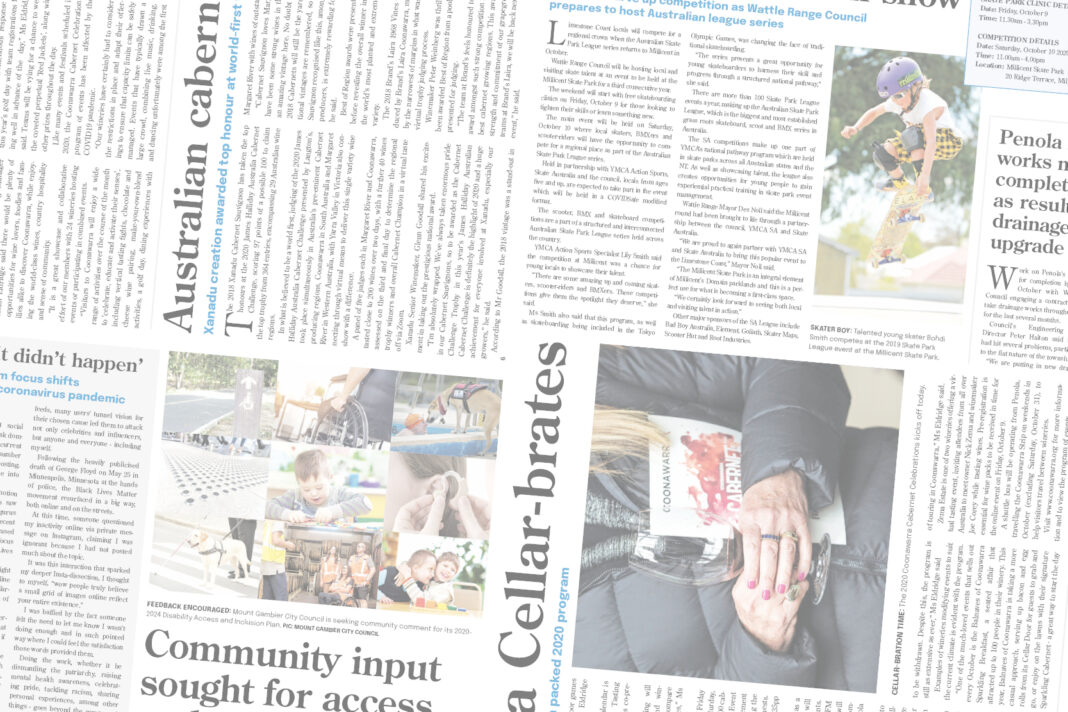Meat & Livestock Australia has released information showAustralia’s rising dollar over the last two months is making it more expensive for major overseas markets to import product.
This coincides with cattle and beef prices refusing to budge at very high levels.
The A$ achieved $0.75US last week – the highest point since July this year.
To put this in context, the current exchange rate level sits within the top 20% of values in the last three years.
According to MLA, a rising dollar can have a varied effect on demand for product depending on the extent of supply from other key markets and the performance of other exchange rates.
Some processors looking ahead would have forward sold a lot of their beef heading into Christmas, which would help to mitigate the impacts of a rising dollar.
MLA said most key beef markets’ currency rates have come back against the US$ in recent time, contrary to Australia, helping to improve their competitiveness.
For example, Brazil’s currency has continued to depreciate since June this year, making them more desirable to buy from, particularly in an expensive and low supply market.
This has been a key driver of Brazil being the largest exporter of beef in 2021.
What’s causing the Australian dollar to rise?
Interest rates are low in Australia compared to other countries, making it a less attractive destination to invest money, which shifts currency offshore and pushes the A$ down, according to MLA.
Recently, however, speculation around expected rising interest rates as the country comes out of lockdown will support the rising A$.
Over in New Zealand, higher interest rates were implemented, driving inflation, potentially outstripping wage increases, which can be dangerous for an economy.
Their dollar has consequently lifted recently – it typically performs similarly to the A$.
On top of that, demand for commodities, particularly iron ore has been booming and oil prices are on the rise.




